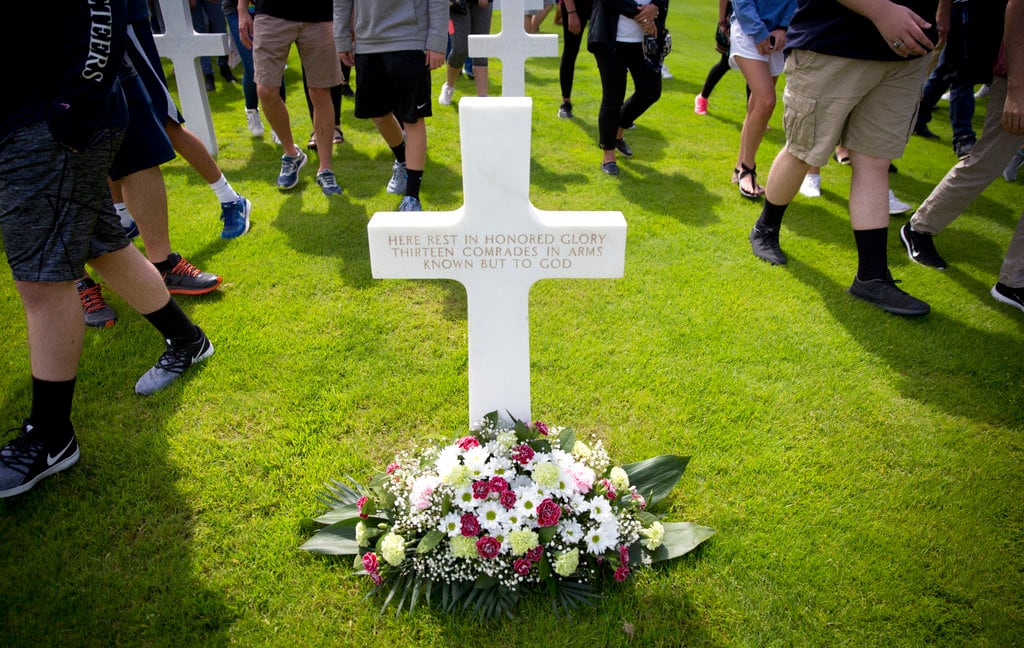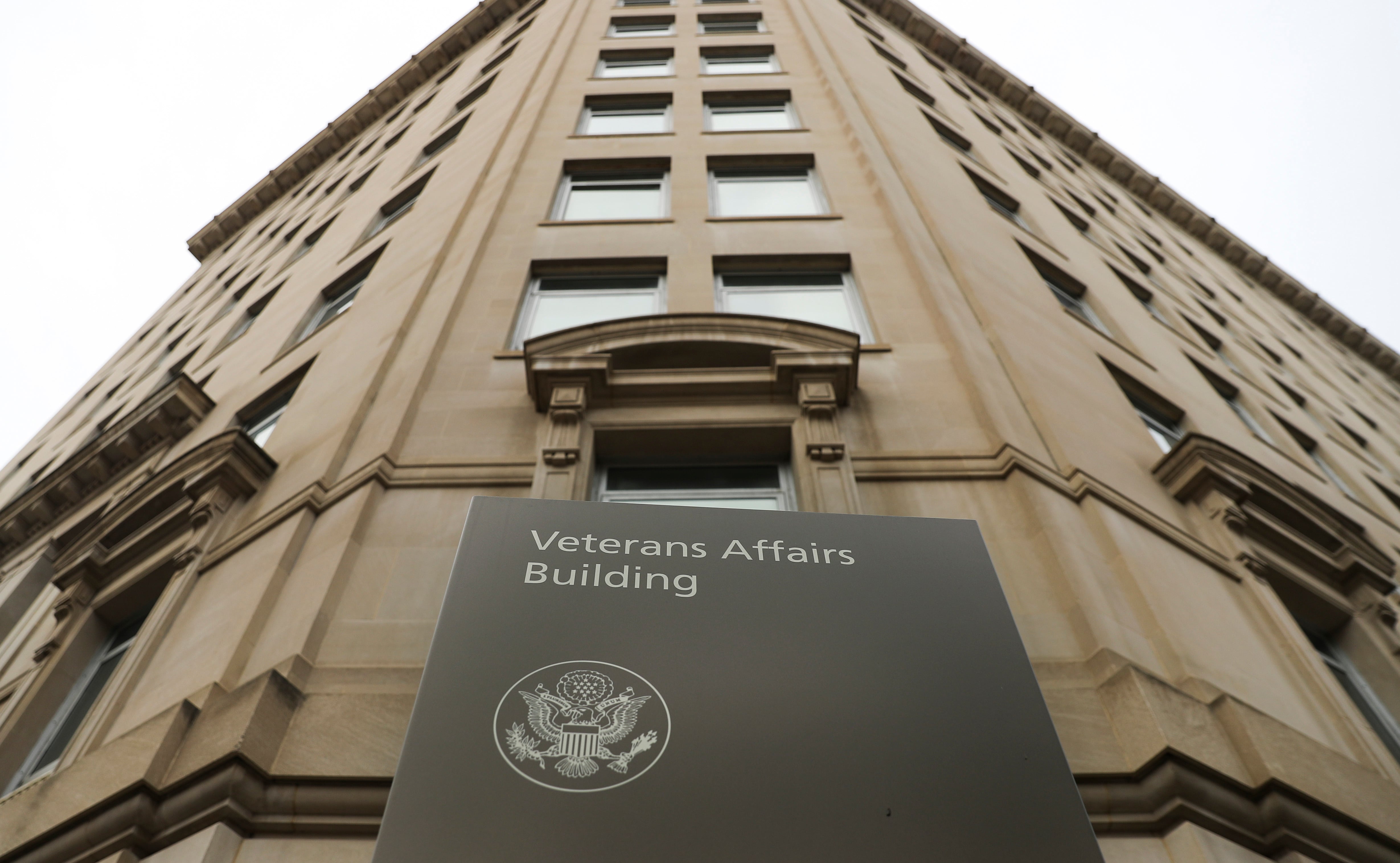The surface Navy's top officer said his ships are getting manned, their maintenance is getting back on track and the future is bright for the controversial littoral combat ship program.
Vice Adm. Thomas Rowden said told the crowd at the Surface Navy Association's annual symposium that he is happy with the progress that personnel leaders have made in closing the gap in unfilled billets at sea, once as high as 20,000, in his Tuesday address that opened the annual Surface Navy Association symposium, held near Washington, D.C.
In his first SNA speech as the head of Naval Surface Forces, Rowden detailed steps he's taken to bring the maintenance schedules in line. HeRowden said he's meet with both fleet maintenance leaders such as Vice Adm. William Hilarides, head of Naval Sea Systems Command, as well as the shipyards, to get ahead of the issues that have caused delays and ultimately led to longer deployments and unpredictable schedules for sailors.
Rowden's comments largely echoed those offered during a Jan. 6 interview with Navy Times.
He Rowden also offered a full-throated defense of the littoral combat ship, the Navy's highly criticized new warshipplatform that is a replacement for both frigates and minesweepers.
The LCSlittoral combat ship program, which in February was capped at 32 ships, down from 55, is still capable of performing a full range of missions, including the mine warfare mission, and can be upgraded in a cost-effective way, Vice Adm. Thomas Rowden said.
Rowden said that Defense Secretary Chuck Hagel's action to set an upper limit on LCS acquisitions — which could later be lifted — cut the buy and upgrade the platform was part of the normal life-cycle of any class of ship.
"We have never looked at a new class of warship at its commissioning as a finished product," Rowden said.
The LCS has been criticized on a number of levels, from its survivability in a fight with a high-end adversary to its lethality. The new small surface combatant, a modified version of the littoral combat ship's existing hulls, will be up-gunned and more deadly, according to Navy officials.
Rowden has been among the fleet's foremost defenders of the program, which has faced critics inside the service and in Congress, including Sen. John McCain, the new chairman of the Senate Armed Services Committee, Sen. John McCain, and within inside the service.
Rowden also said tThe Navy is also actively looking for a new, longer-range surface-to-surface missile that "puts [the Navy] back on the positive side of the range equation," he said.
The current Harpoon missile can hit targets at a range of about 64 nautical miles. In September, the Navy tested the Naval Strike Missile, developed by a Norwegian company, which has a range beyondof more than 100 nautical miles.
Rowden said he is looking to put more lethal weapons, such as a longer-range surface-to-surface missile, on as many platforms as he could to present an adversary with as many threats as possible, distributed over a wide area.
Having more threats, he argues, would force the adversary to expend resources finding ships in groups or independently steaming, because each of them would be threatening to enemy targets.
The concept, called "distributed lethality," is gaining currency among Navy leaders.
David B. Larter was the naval warfare reporter for Defense News.





